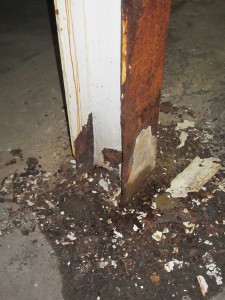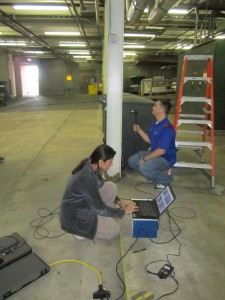Course Description: Experimental structural identification is an applied methodology for characterizing a structural system using measurements of how the structure behaves under loading. It has emerged as a field of growing interest in civil engineering since it has application to non-destructive condition assessment of aging infrastructure, real-time structural health monitoring, and structural control for mitigation of damage under hazardous and extreme loads. This course presents comprehensive coverage of the underlying theory and application of experimental structural identification including structural vibration theory and modal analysis, sensor technology and data acquisition, signal processing of recorded structural measurements, estimation of modal parameters using system identification techniques in the time and frequency domains, and performance assessment strategies based on structural identification. The course includes rigorous use of the MATLAB software environment and it is expected that students will obtain proficiency in using this tool for mathematical computation, data acquisition, data processing, analysis, and presentation of results.
Course Project: Experimental Modal Analysis of Wide Flange Steel Columns Subject to Heavy Corrosive Section Loss


Students are using impulse hammer testing to experimentally estimate the modal properties of two wide flange steel columns. One of the columns is relatively free from corrosive deterioration, while the other one has witnessed significant corrosive loss. The course project presents a valuable real-world introduction to vibration-based nondestructive evaluation of structural elements that guides them through the fundamentals of instrumentation and data acquisition, signal processing, system identification, and data processing and graphical display of results using the MATLAB software environment.
The exercise is expected to produce estimates of a large set of vibration mode shapes for the column, including significant torsional and flange bending modes that will serve as a benchmark for characterizing performance loss due to the corrosive action. Additional project details and results will be posted at the conclusion of the semester.





